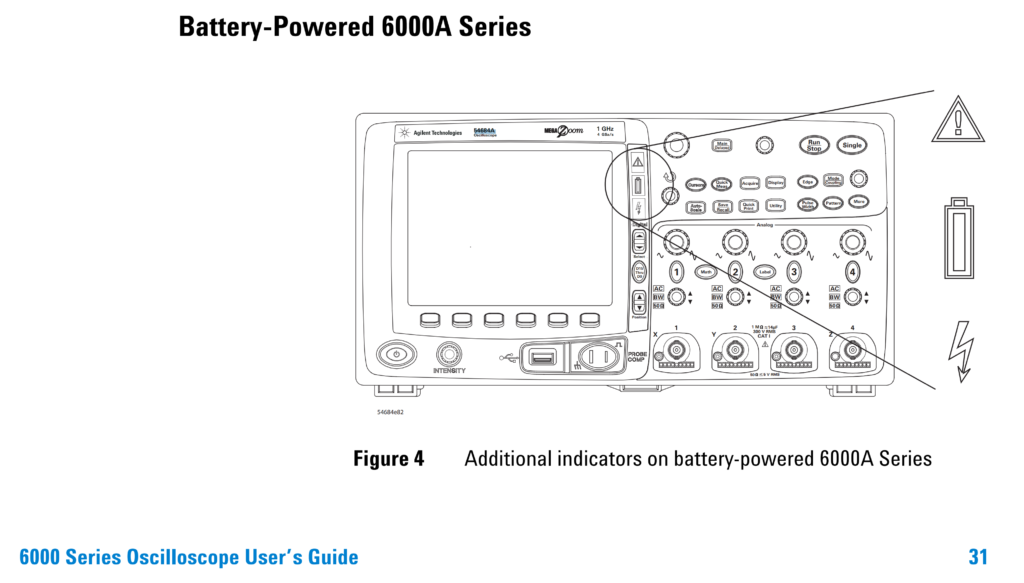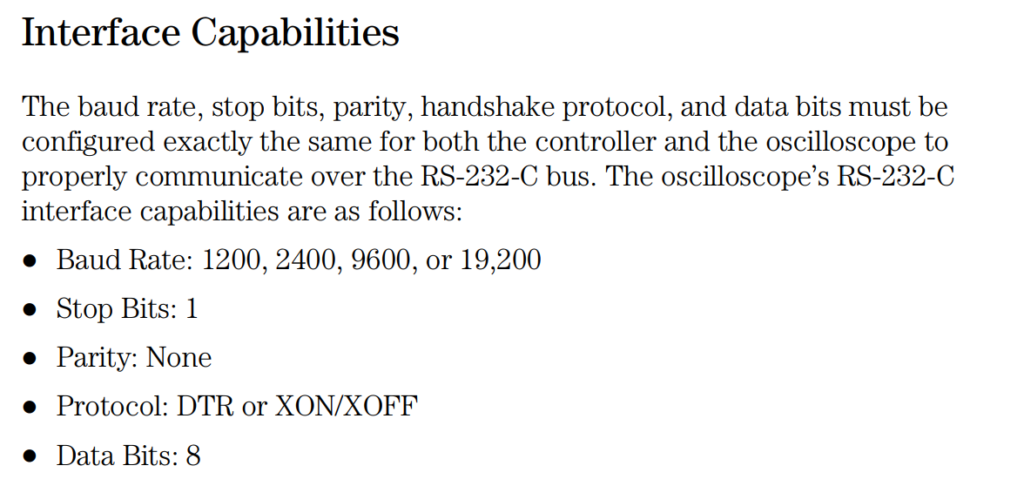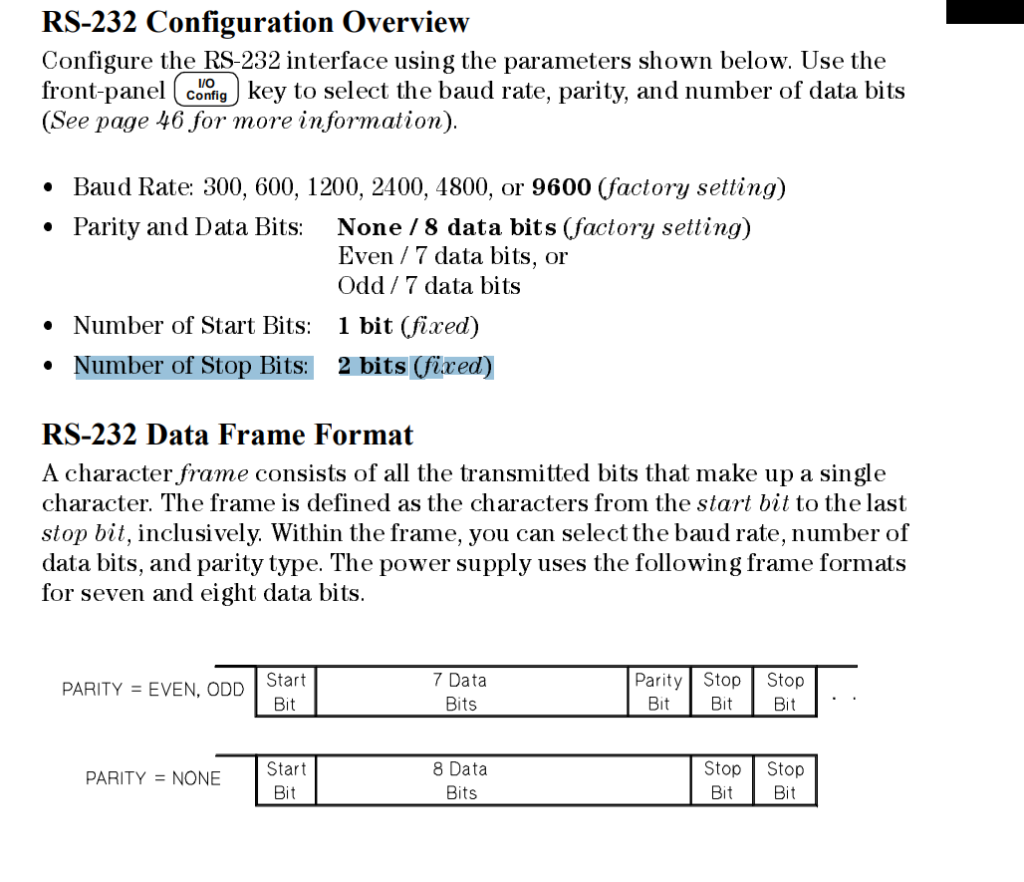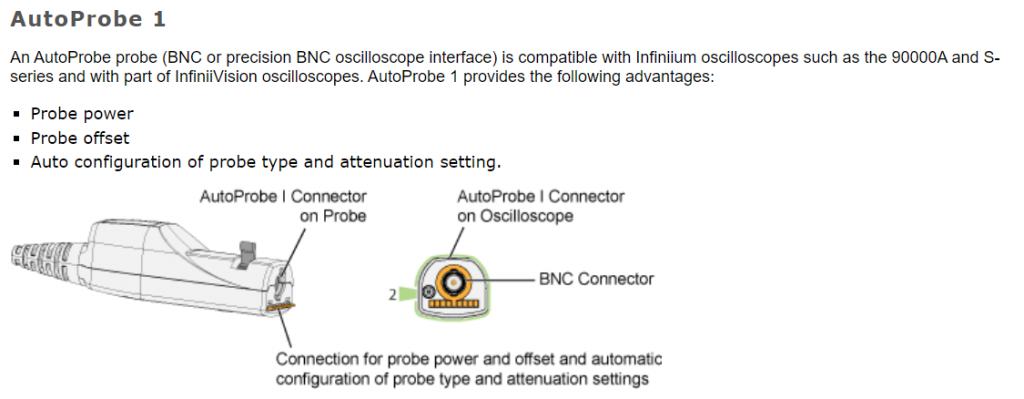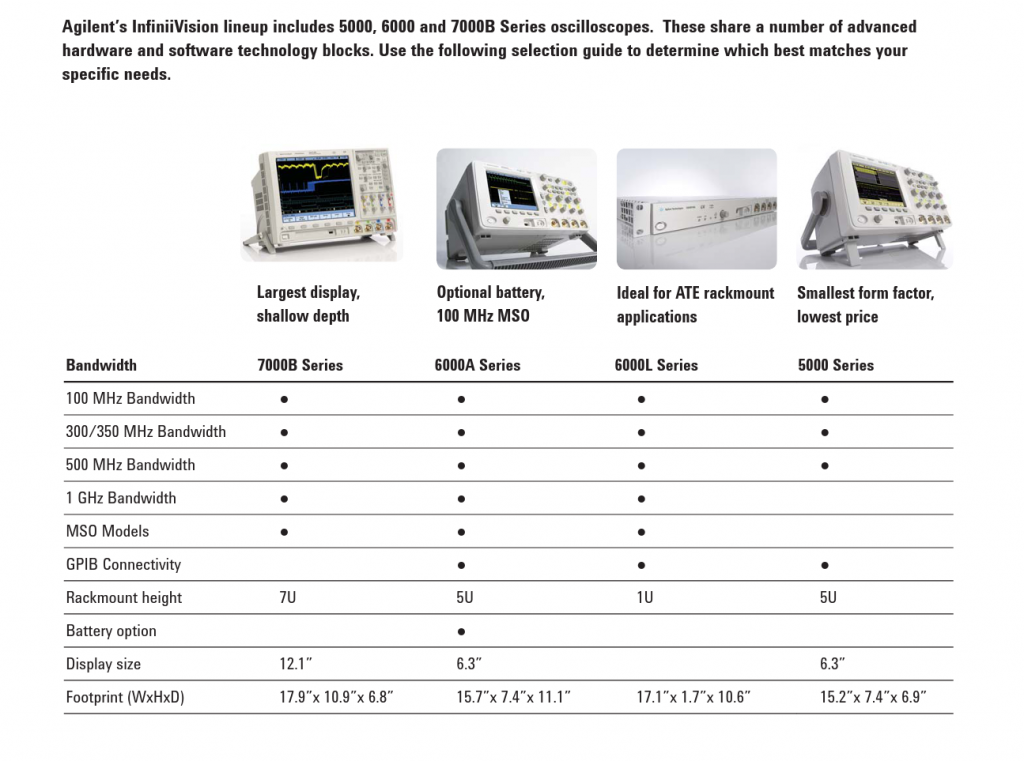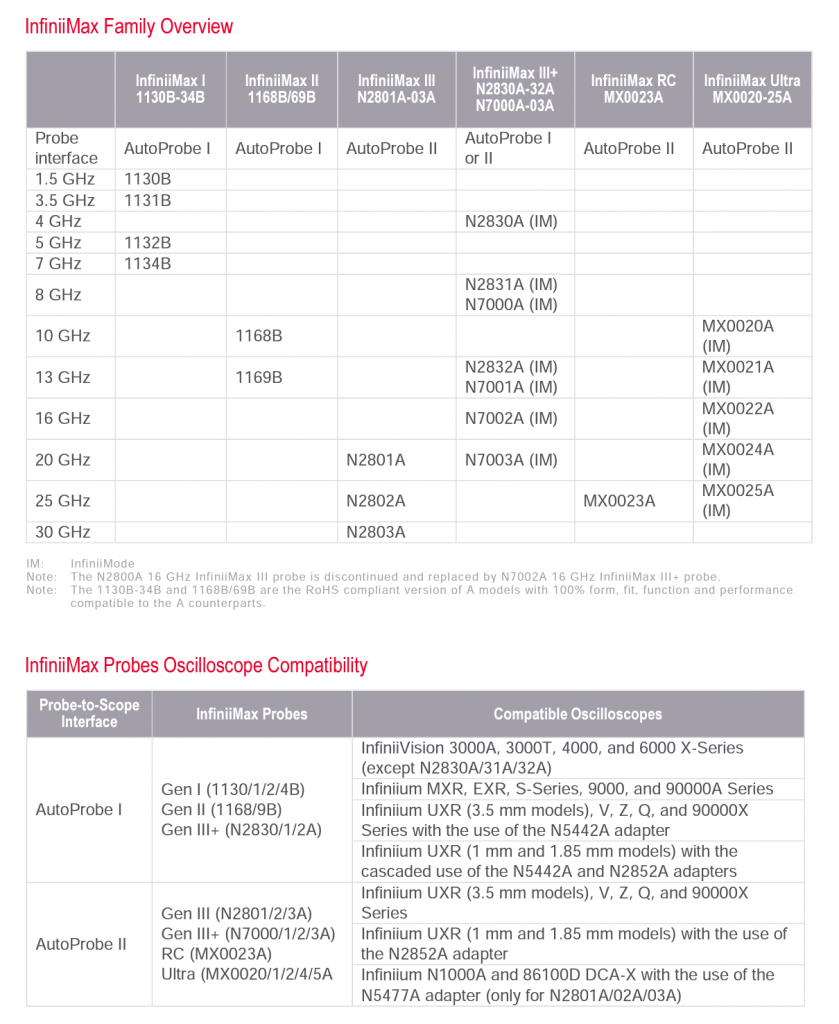The power brick that came with my U1620A order has a rattling noise when I shook it. I suspected a piece of soldered cracked and was wandering inside so I chose not to power it on as it might short something. So I had to crack open the wall wart, which turns out many people have little luck open it up non-destructively.
Just prying it open by force with a screwdriver will ruin the plastics. I needed to somehow soften the glue first and work into it (like using a cutter) to dislodge/cut the glue. Rubbing alcohol doesn’t work that well. The glue is quite stuff so it’s not the easily dissolvable kind.
After some experimentation, I used my hot air station and set it to a temperature right below it melts the hard ABS plastic outside (143 deg C, max air flow), and carefully pried it after taking the heat away.
WARNING: Do not pry while the hot air is blowing as the ABS plastic might be slightly softened! The hot air might overshoot in its temperature feedback) so you might accidentally remold it. When working at the borderline temperature that barely soften the ABS plastic, the second you take the hot air away the plastic cools back (hardens) enough for you to pry.
Out of practicality, I heat up one edge at a time, then focus on 1/3 of the area at a time get an entry point prying one hook open at a time. It takes a lot of patience.
After I got all the 4 sides pried open for some reason I couldn’t release the case and it felt something was stuck in the middle. Turns out the wall wart I have happened to have a center screw hidden from plain sight under the label. The label quality was so good that just pressing it around with a pair of tweezers won’t find the screw hole (because of the tension). I used hot air (at the same 143 deg C) to probe with tweezers to locate the screw hole. I cut a hole in the label for the screw hole because it’d be a pain to use hot air to get the label off in one without ruining it and be able to put it back like new.
Bonus discovery: molded plastics have some memory!
I dented the ABS plastic case during prying (before I thought of using hot air), but I discovered this magical temperature (143 deg C) actually heals the plastic when I blow it in a direction that undoes the dent! The small (like 2mm) dents magically smooth itself out and went back to rough where it was before I screwed it up (pun intended)!
Yes, for molded plastics, small dents caused by prying and bumping, heating it up to the temperature right before it softens will return it to its near original shape without external forces!
Of course, do not go past the softening temperature (143 deg C). If you heat it to a melting temperature, the plastic will lose its memory so you need to apply external force to beat it to the shape you wanted (which is a pain in the butt and it requires a lot of post-processing to get it to look like original).
![]()
